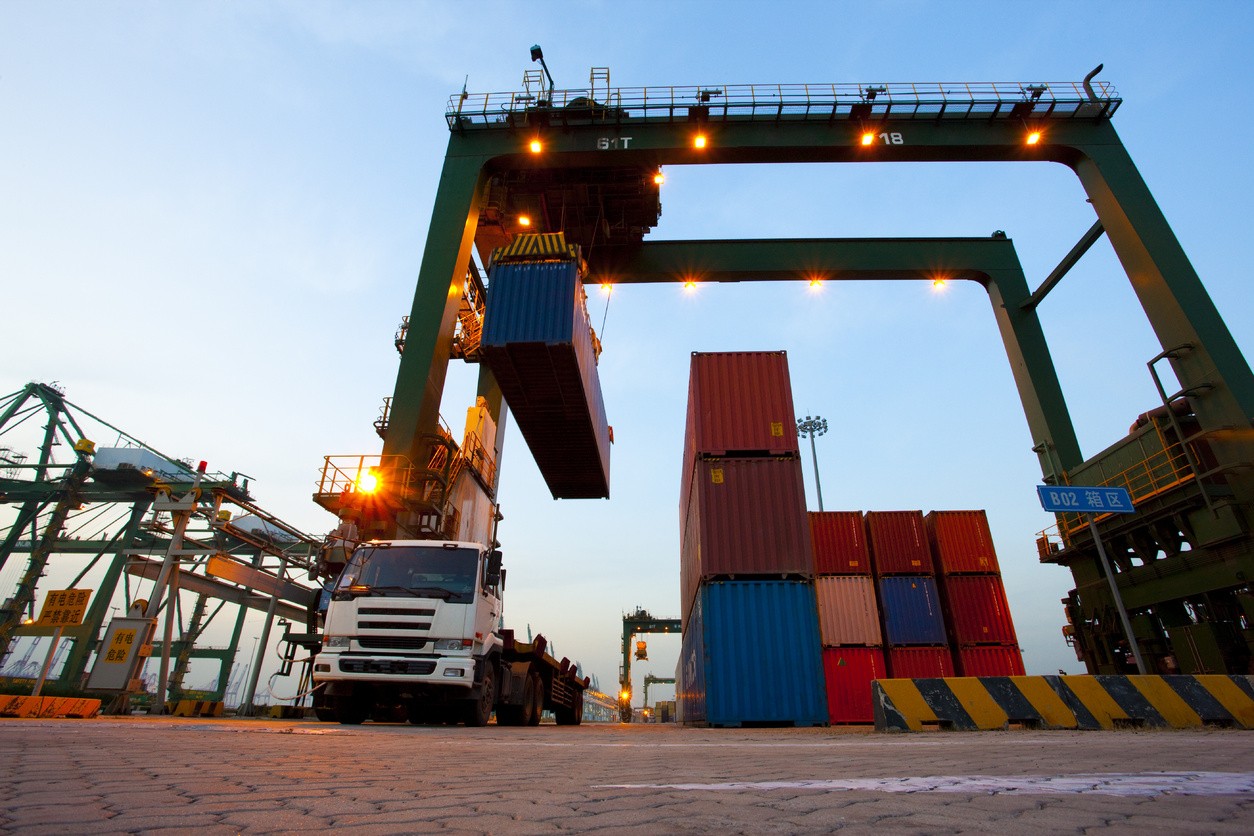The Map-21 Highway Trust Fund money is likely to run out in August. Map 21 expires September 30. Many in the transportation industry note frustrating, inefficient, and costly road congestion due to maintenance needs. At an intermodal station in St. Paul, Minnesota, on February 26, President Obama announced a $302 billion federal transportation funding plan to address these concerns.
The new federal transportation funding plan, if passed by Congress, would be partially funded by a one-time transition revenue from business tax reform.
Additionally, $600 million in competitive Transportation Investment Generating Economic Recovery (TIGER) grants have been earmarked for transportation revitalization projects. The Department of Transportation (DOT) receives and reviews TIGER grant applications and awards projects that build and repair vital elements of freight and passenger transportation networks.
Per a recent issue of Transport Topics, Senator Barbara Boxer (D-Calif), the chairman of the Senate’s Environment and Public Works Committee, has stated that although she considers the new funding plan “exciting and visionary,” she does not expect it to pass both houses of Congress this year.
Boxer’s committee will begin its work on a multi-year highway-funding plan in April. It is not likely to include increases in fuel tax rates. But their ultimate goal is a long-term and sustainable funding plan that will reduce the start and stop effect of reoccurring debates and negotiations.
American Trucking Association (ATA) has voiced its support for higher motor fuel taxes. The increased revenue, it says, would then support critical infrastructure development. Disrepair of roads and bridges has produced significant highway congestion.
Transport Topics quoted Henry Maier, CEO of FedEx Corp.’s FedEx Ground Package System Inc, as saying that traffic congestion was more than just an aggravation. It was expensive. Darrin Roth, director of ATA’s highway operations, estimated the cost of congestion at approximately $19 billion, citing major competitive disadvantages of transportation in retail in manufacturing.
Maier proposed allowing motor carriers to use 33-foot twins to increase capacity and reduce the number of trucks on the road.
Regardless of where the funding comes from or what the final budget looks like, many are heartened to see attention given to the need for infrastructure work.

 1-888-910-4747
1-888-910-4747
